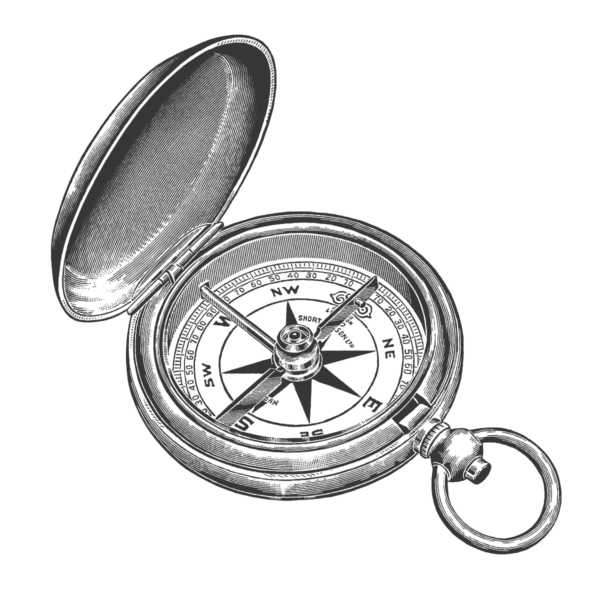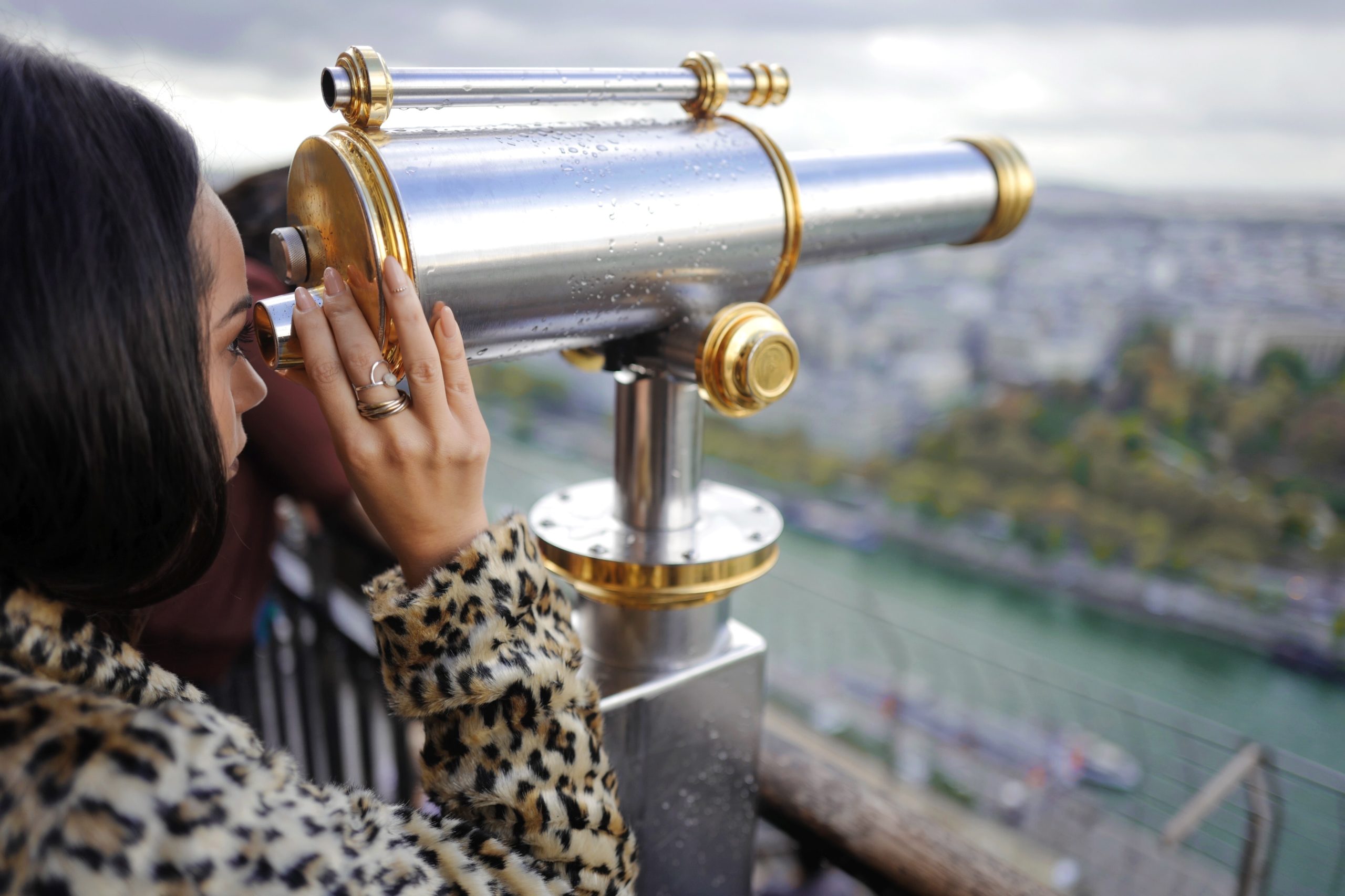So, what is your style of travel? Do you hit the highlights, the Eiffel Tower, Colosseum and Brandenburg Gate, go on hiking tours to supposedly lonely Insta-spots or do you prefer to spread out your towel on the beaches of the Mediterranean for days on end?
Science as a travel destination
There's another way! We think that there is more to travelling than just checking out the "top 10" or the "insider tips" in the standard travel guide. Quite often, these are no longer insider tips anyway. Our Science Guide takes you on a different kind of trip through Europe. We will tell you research stories from other countries, show you world-famous travel destinations from a scientific perspective or sights that hardly any traveller has seen before: Great historical buildings like the Institut Pasteur in Paris, for example, where the HI virus was discovered.Or the research station between the sea and the dunes - often only a stone's throw away from the many sun worshippers on the beach.
Our goal is to bring science from all over Europe to your doorstep, to explain how research works and to whet your appetite to visit a few science sights on your next trip, alongside the beach and tourist classics.
The crew behind the Science Guide
The Science Guide is based at the Chair of Science Journalism at the Technical University of Dortmund. The research stories from all over Europe are brought together by students from Germany and France - on their investigations with scientists from the continent and at European research conferences such as the Euroscience Open Forum. You can find an overview of all authors in the imprint.

2022: A completely new Science Guide
The science-guide.eu project already has a few years under its belt: students first published articles on research in Europe back in 2006. In 2020 and 2021, we took the opportunity of the Corona-related break to completely relaunch the site.
Together with students from the Institute of Journalism in Dortmund, we completely rethought, designed and built the website. A special thanks goes to the students who inspired us with fresh ideas during the conceptual phase: Erik Benger, Finn Brockerhoff, Elena Deutscher, Annika Könntgen und Frederik Wember.
Our partner
A big thank you also goes to the Wilo Foundation, which financed a large part of the relaunch of this website and the travel of our students to the research conferences.
